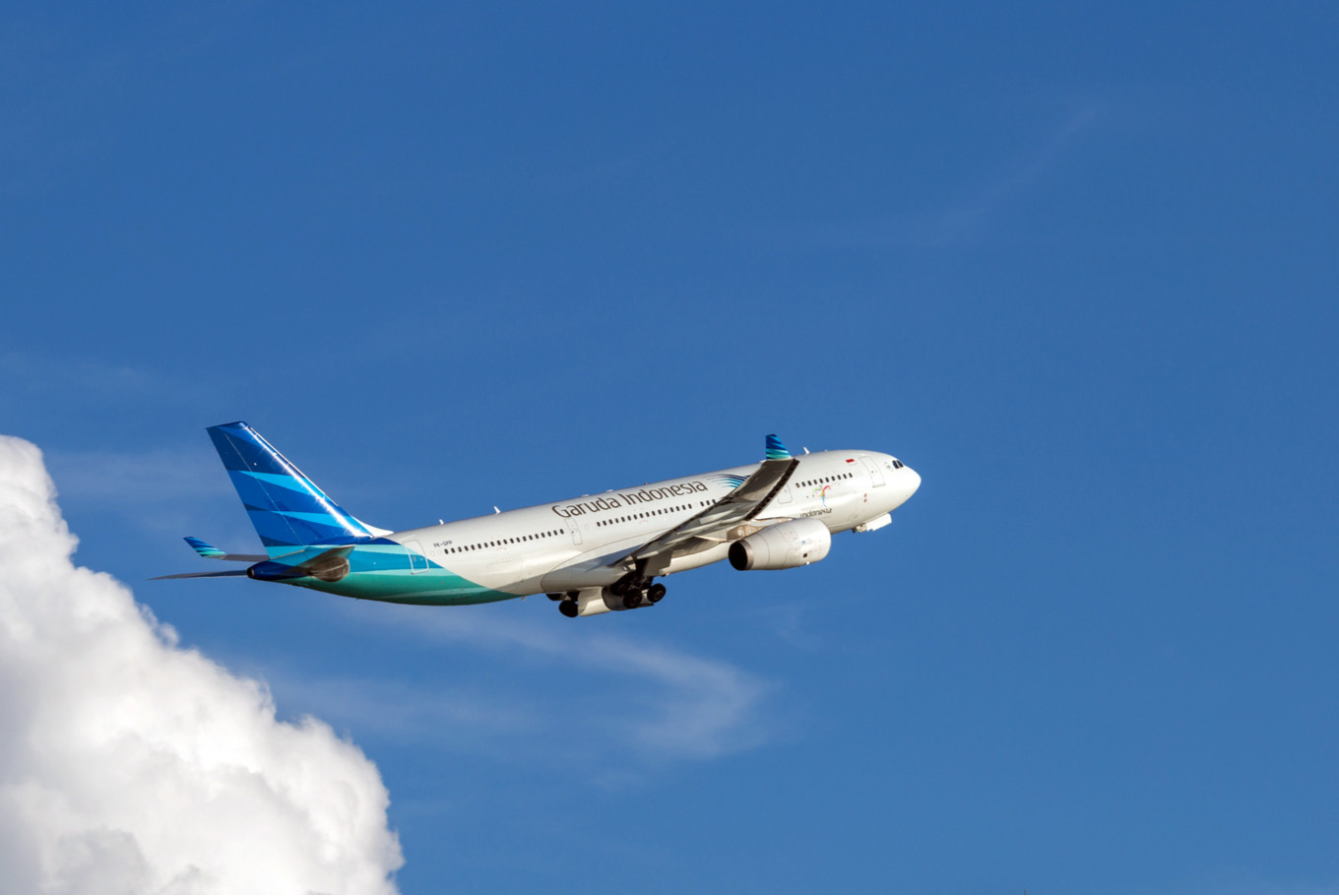
Air transport connectivity plays a crucial role in our daily lives, connecting people, goods, and cultures across the globe. But what makes it so important? Air transport is not just about getting from point A to point B; it’s about the intricate network that supports global trade, tourism, and economic growth. From the bustling hubs of major cities to remote areas, air transport ensures that even the most isolated regions are accessible. This connectivity boosts local economies, creates jobs, and fosters international relationships. Curious about how it all works? Let’s dive into 14 fascinating facts that highlight the significance and impact of air transport connectivity.
Key Takeaways:
- Air transport connects billions of people annually, driving the global economy and enabling rapid movement of goods. Technological advancements and sustainable practices are shaping its future for faster, safer, and more environmentally friendly travel.
- The aviation industry's impact on global trade, e-commerce, and urban mobility is significant. Innovations like supersonic travel and urban air mobility are set to revolutionize air transport, making it even more efficient and accessible.
The Importance of Air Transport Connectivity
Air transport connectivity plays a crucial role in our globalized world. It connects people, businesses, and cultures across continents. Here are some fascinating facts about air transport connectivity that highlight its significance.
-
Global Reach: Air transport connects over 4 billion passengers annually, making it one of the most widely used modes of transportation worldwide.
-
Economic Impact: The aviation industry contributes approximately $2.7 trillion to the global economy, supporting millions of jobs and businesses.
-
Speed and Efficiency: Air travel is the fastest mode of transportation, allowing people to traverse continents in mere hours, a feat impossible with other means.
Technological Advancements in Air Transport
Technology has revolutionized air transport, making it safer, more efficient, and more accessible. Let's explore some key technological advancements.
-
Modern Aircraft: Today's aircraft are marvels of engineering, featuring advanced materials, aerodynamics, and fuel-efficient engines that reduce environmental impact.
-
Navigation Systems: Modern navigation systems, such as GPS and ADS-B, enhance flight safety and efficiency by providing precise location data and real-time traffic information.
-
Automation: Automation in air traffic control and aircraft systems has significantly reduced human error, leading to safer and more reliable flights.
Environmental Considerations
Air transport has a significant environmental footprint, but efforts are being made to mitigate its impact. Here are some facts about the environmental aspects of air transport.
-
Carbon Emissions: The aviation industry accounts for approximately 2-3% of global carbon emissions, prompting efforts to develop more sustainable practices.
-
Sustainable Aviation Fuels: Researchers are developing sustainable aviation fuels (SAFs) made from renewable resources, which can reduce carbon emissions by up to 80%.
-
Electric Aircraft: Electric aircraft are being developed to reduce reliance on fossil fuels and minimize environmental impact, with several prototypes already in testing.
Air Transport and Global Trade
Air transport is a vital component of global trade, enabling the rapid movement of goods across borders. Here are some facts about its role in trade.
-
Cargo Transport: Air cargo represents about 35% of global trade by value, despite accounting for less than 1% of trade by volume.
-
Perishable Goods: Air transport is essential for shipping perishable goods, such as fresh produce and pharmaceuticals, ensuring they reach their destinations quickly and safely.
-
E-commerce: The rise of e-commerce has increased demand for air cargo services, allowing businesses to deliver products to customers worldwide within days.
The Future of Air Transport Connectivity
The future of air transport connectivity looks promising, with innovations and trends set to shape the industry. Here are some insights into what lies ahead.
-
Urban Air Mobility: Urban air mobility (UAM) concepts, such as air taxis and drones, aim to revolutionize urban transportation by providing fast, efficient, and congestion-free travel options.
-
Supersonic Travel: Supersonic aircraft, capable of flying faster than the speed of sound, are being developed to reduce travel times significantly, potentially making long-haul flights a thing of the past.
The Sky's the Limit
Air transport connectivity has revolutionized how we travel and connect with the world. From the Wright brothers' first flight to today's advanced aircraft, aviation has come a long way. Airports and airlines play crucial roles in linking cities, countries, and continents, making global travel more accessible than ever. Economic growth, tourism, and cultural exchange have all benefited from these advancements.
Understanding these 14 facts about air transport connectivity highlights the importance of this industry in our daily lives. Whether you're a frequent flyer or someone who dreams of exploring new places, air travel opens up endless possibilities. So next time you board a plane, remember the incredible journey aviation has taken to get us here. The sky's truly the limit when it comes to connecting our world.
Frequently Asked Questions
Was this page helpful?
Our commitment to delivering trustworthy and engaging content is at the heart of what we do. Each fact on our site is contributed by real users like you, bringing a wealth of diverse insights and information. To ensure the highest standards of accuracy and reliability, our dedicated editors meticulously review each submission. This process guarantees that the facts we share are not only fascinating but also credible. Trust in our commitment to quality and authenticity as you explore and learn with us.


